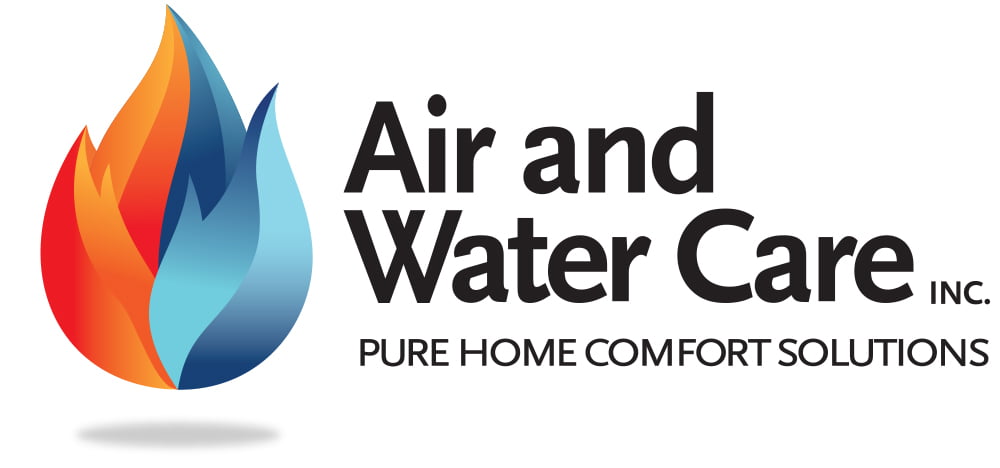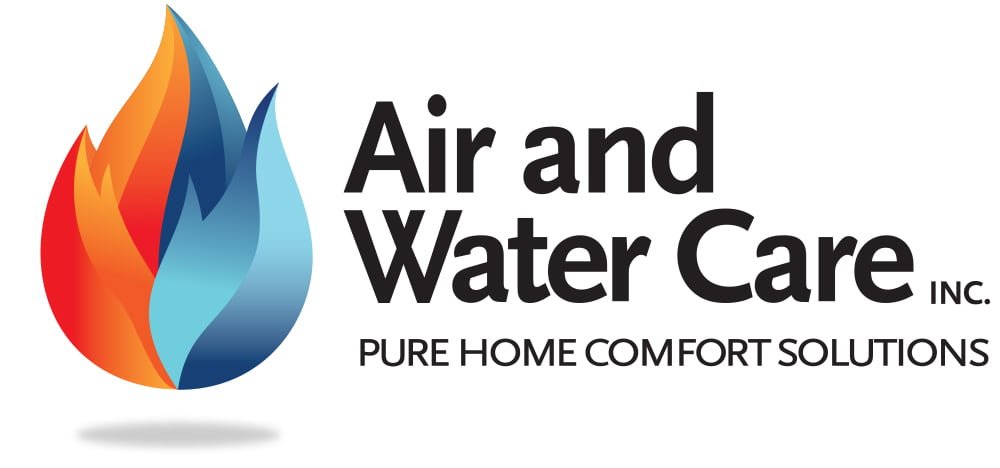When it comes to your HVAC (Heating, Ventilation, and Air Conditioning) system, there’s a lot of misinformation out there. Many homeowners believe they know how to optimize their heating and cooling systems, but some of these beliefs are based on myths that can lead to higher energy bills, system damage, and even safety hazards. Today, we’re setting the record straight by debunking some of the most common HVAC myths. Let’s dive in!
Myth 1: Turning Your Thermostat Way Down Heats Your Home Faster
The Myth: If you crank your thermostat way down in the winter, your home will heat up faster.
The Truth: This is a common misconception. Your furnace operates at the same speed regardless of how high or low you set the thermostat. Turning it down won’t speed up the heating process—it will only cause your system to run longer, leading to higher energy bills.
What You Should Do: Instead of drastically adjusting your thermostat, set it to your desired temperature and give your system time to do its job. If you want to save energy, consider investing in a programmable or smart thermostat that automatically adjusts the temperature based on your schedule.
Myth 2: Closing Vents in Unused Rooms Saves Energy
The Myth: Closing vents in unused rooms will redirect airflow and save energy.
The Truth: Closing vents can actually do more harm than good. When you close vents, you increase pressure in your ductwork, forcing your HVAC system to work harder. This not only raises your energy costs but can also lead to potential damage to your system over time.
What You Should Do: Keep your vents open to maintain proper airflow and system balance. If you want to control temperatures in specific areas of your home, consider installing a zoned HVAC system, which allows you to adjust temperatures room by room without disrupting airflow.
Myth 3: If Your AC Is Blowing Cold Air, It’s Working Perfectly
The Myth: As long as your air conditioner is blowing cold air, everything is fine.
The Truth: While cold air is a good sign, it doesn’t necessarily mean your AC is in perfect condition. Your system could be low on refrigerant, have airflow issues, or even have a hidden problem that’s reducing its efficiency. Ignoring these issues can lead to higher energy bills and costly repairs down the line.
What You Should Do: Schedule regular check-ups with a professional HVAC technician. They can identify and address potential issues before they become major problems, ensuring your system runs at peak efficiency.
Myth 4: HVAC Systems Don’t Need Maintenance
The Myth: HVAC systems are built to last and don’t require regular maintenance.
The Truth: Just like your car, your HVAC system needs regular maintenance to perform at its best. Dirty filters, clogged coils, and neglected systems can lead to breakdowns, higher energy bills, and even unsafe conditions like carbon monoxide leaks.
What You Should Do: Make annual maintenance a priority. A professional technician can clean and inspect your system, replace filters, and ensure everything is running smoothly. Regular maintenance not only extends the lifespan of your system but also keeps your energy bills in check.
Myth 5: Bigger HVAC Systems Are Better
The Myth: A larger HVAC system will heat or cool your home faster and more efficiently.
The Truth: An oversized HVAC system can cause more problems than it solves. It may cool or heat your home too quickly, leading to short cycling (frequent on-and-off cycles), which wastes energy and strains the system. Additionally, oversized systems often fail to dehumidify the air properly, leaving your home feeling damp and uncomfortable.
What You Should Do: Have a professional perform a load calculation to determine the right-sized system for your home. A properly sized system will operate more efficiently and provide better comfort.
Myth 6: Ceiling Fans Cool the Room
The Myth: Ceiling fans lower the temperature in a room.
The Truth: Ceiling fans don’t actually cool the air—they create a wind-chill effect that makes you feel cooler. If you leave a ceiling fan running in an empty room, it’s just wasting energy.
What You Should Do: Use ceiling fans to supplement your HVAC system, but turn them off when you leave the room. This will help you save energy while staying comfortable.
Myth 7: You Only Need to Change Your Air Filter Once a Year
The Myth: Air filters only need to be replaced once a year.
The Truth: Air filters play a critical role in maintaining indoor air quality and protecting your HVAC system. A clogged filter restricts airflow, forcing your system to work harder and increasing energy consumption. It can also lead to poor air quality and even system damage.
What You Should Do: Check your air filter every 1-3 months and replace it as needed. If you have pets, allergies, or a dusty environment, you may need to change it more frequently.
Myth 8: HVAC Systems Don’t Need to Be Replaced Until They Break
The Myth: You should keep using your HVAC system until it completely breaks down.
The Truth: While it might seem cost-effective to wait until your system fails, this approach can lead to higher costs in the long run. Older systems become less efficient, require more frequent repairs, and are more likely to break down unexpectedly.
What You Should Do: If your HVAC system is 10-15 years old or requires frequent repairs, it may be time to consider a replacement. Modern systems are more energy-efficient and can save you money on energy bills while providing better comfort.
Understanding the truth behind these common HVAC myths can save you money, improve your system’s performance, and extend its lifespan. Remember:
- Avoid drastic thermostat adjustments.
- Keep your vents open and consider a zoned system.
- Schedule regular maintenance to catch issues early.
- Don’t assume your AC is fine just because it’s blowing cold air.
- Choose the right-sized HVAC system for your home.
- Use ceiling fans wisely and turn them off when not in use.
- Replace your air filter regularly.
- Consider replacing your HVAC system before it breaks down.
By following these tips and debunking these myths, you can keep your home comfortable and your HVAC system in top shape all year long. If you need professional help, don’t hesitate to reach out to a trusted HVAC technician. Your comfort and savings are worth it!


